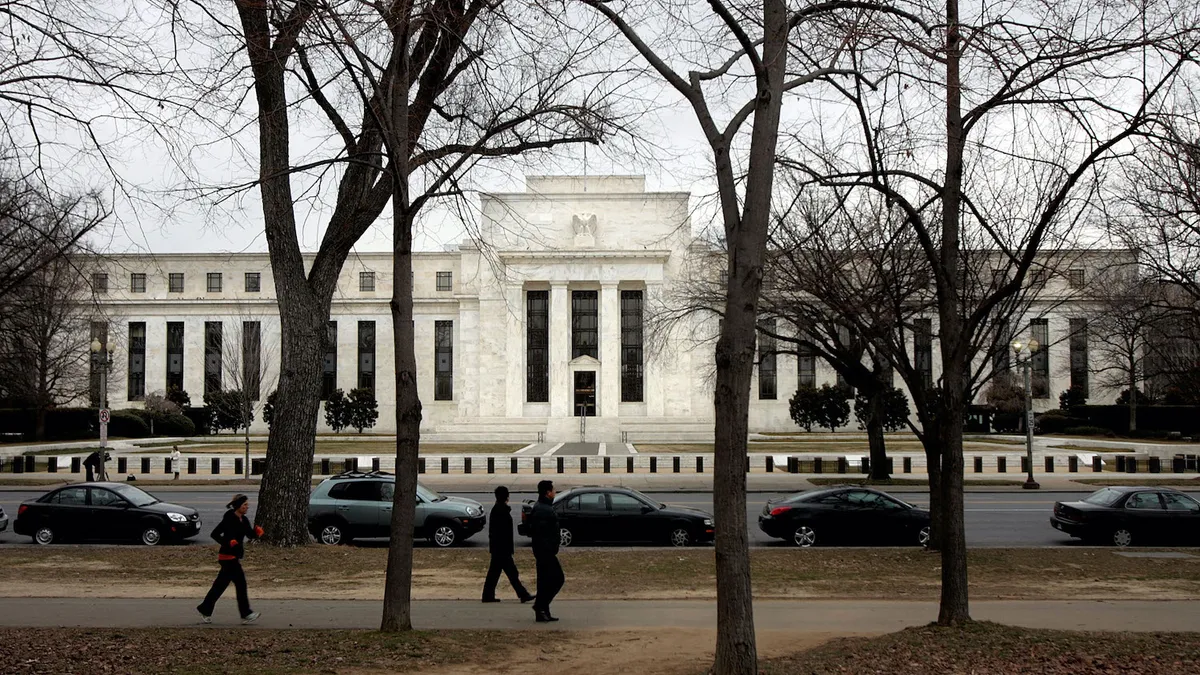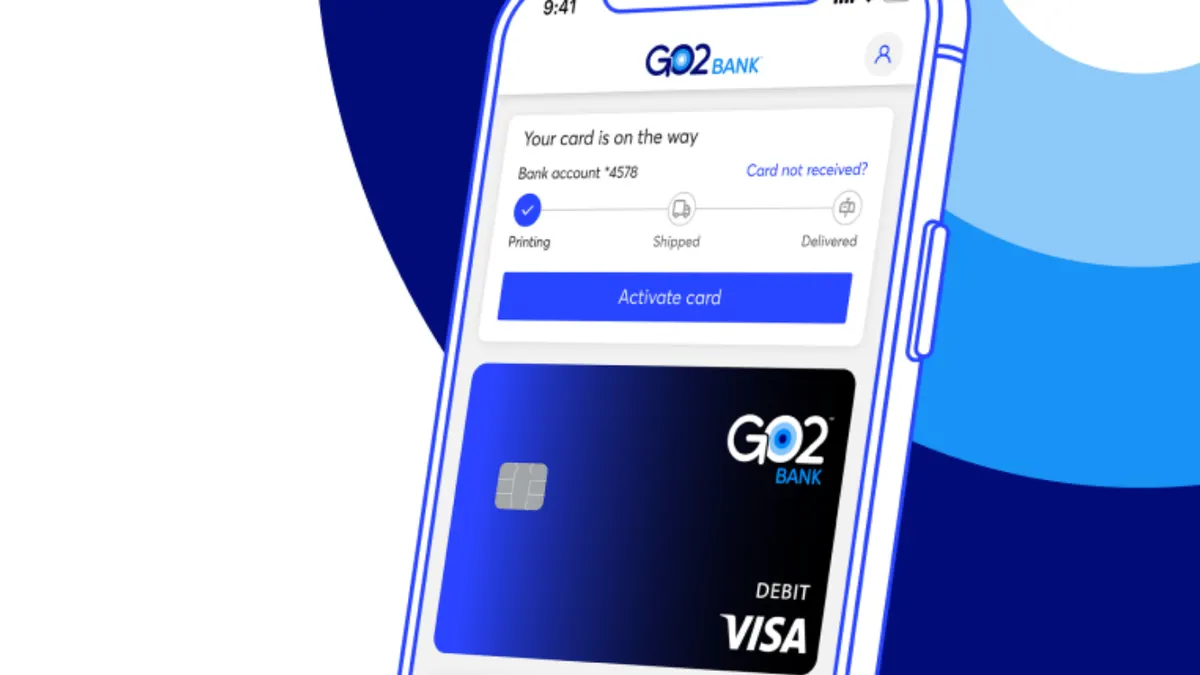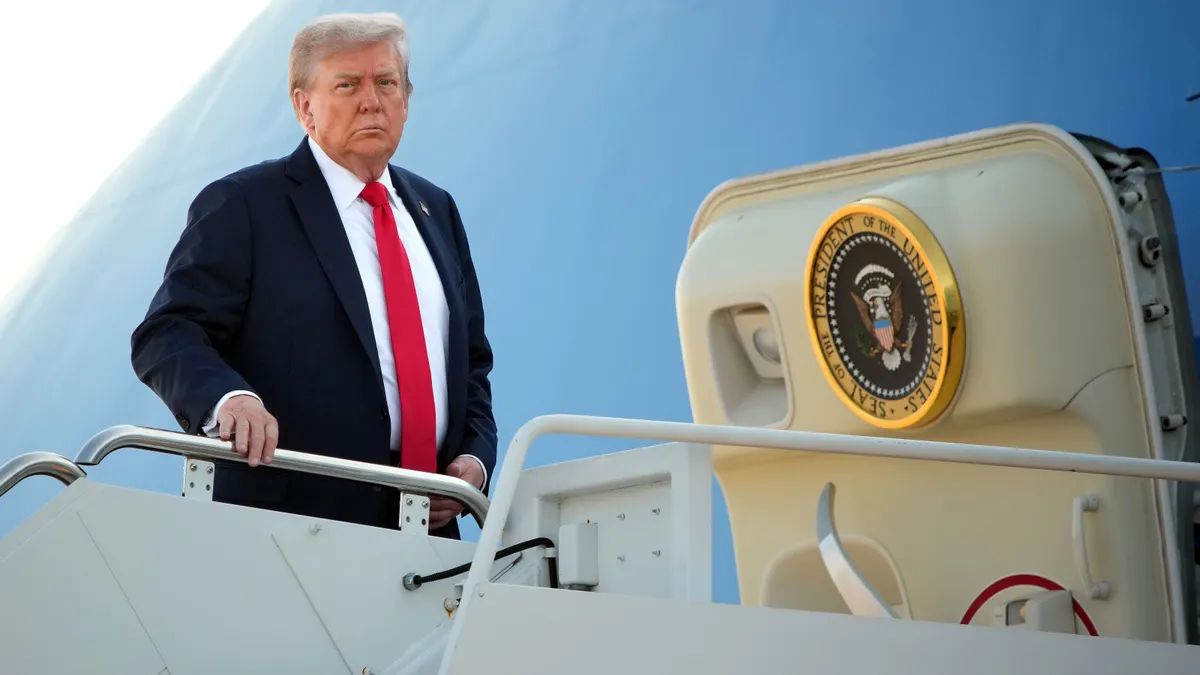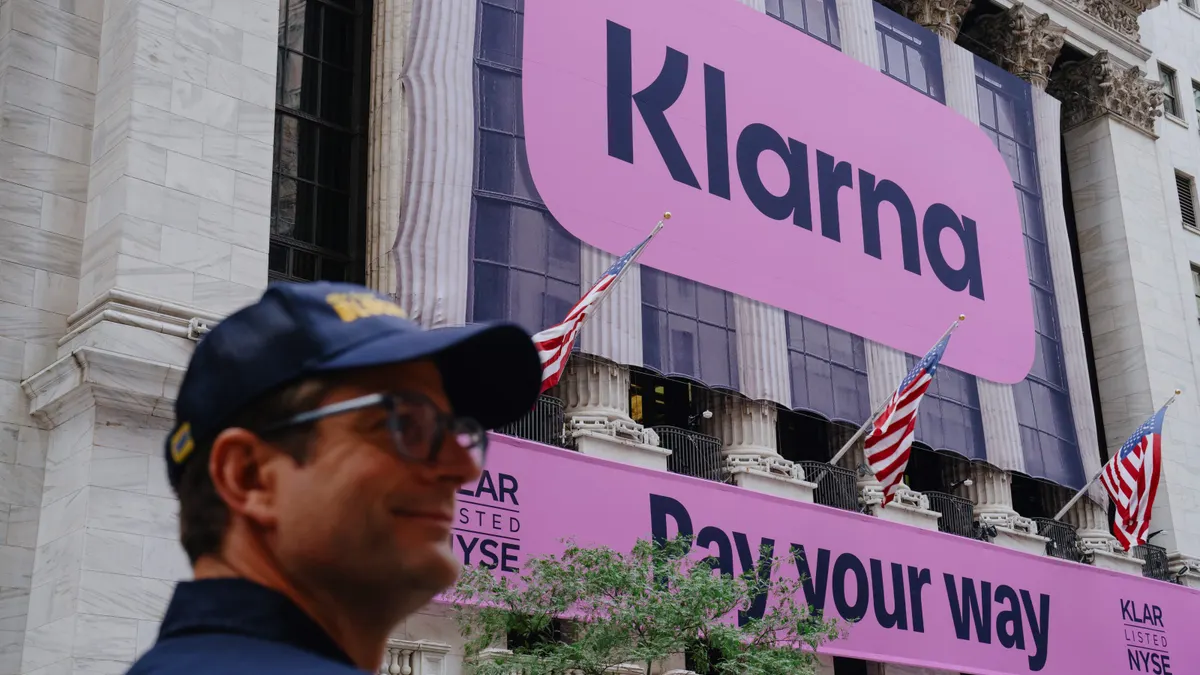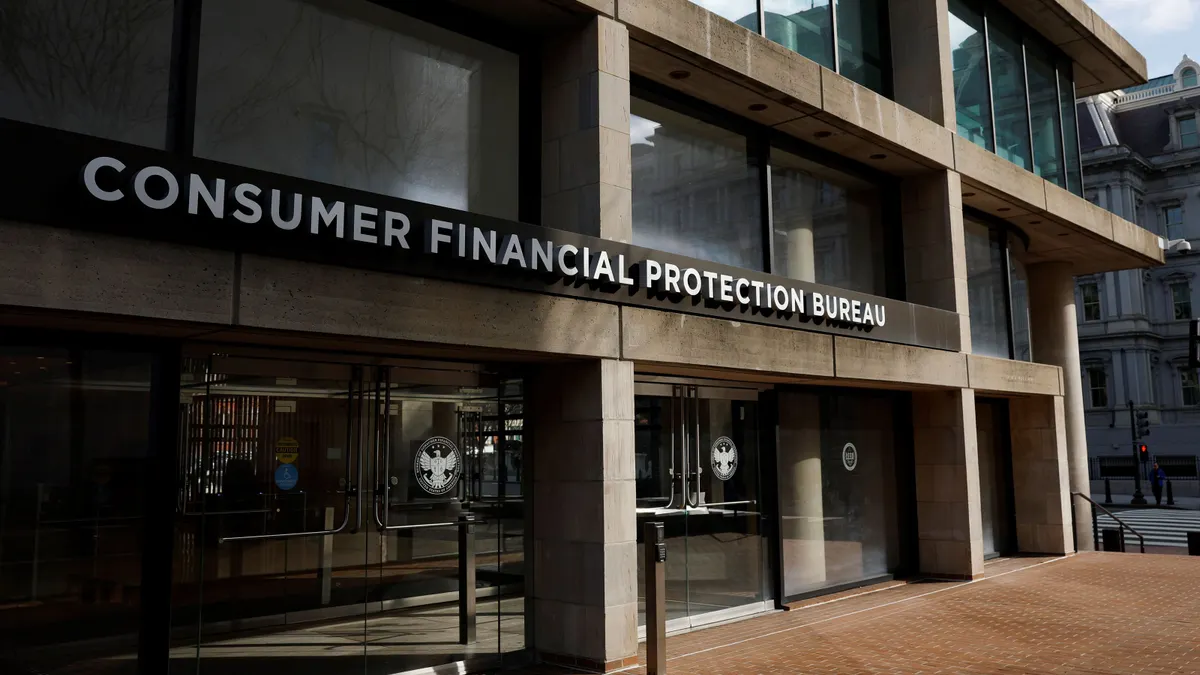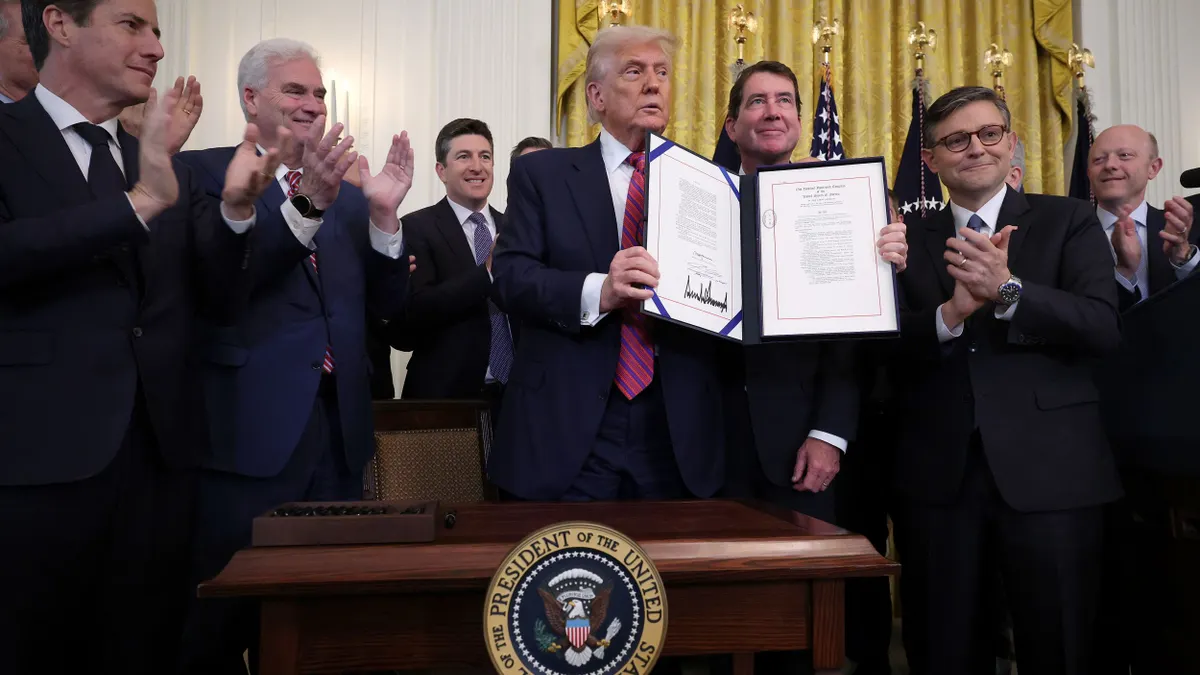John Muller is an industry consultant who formerly held top legal posts at Stripe, Meta and PayPal. He is based in New York.
This year, financial regulation has taken center stage in Washington. Between ‘open banking’ and ‘debanking’ debates and crypto and stablecoin legislation, the focus on modernizing our financial system is reshaping Wall Street in real-time.
But there’s a simpler, bipartisan step Congress can take right now that would deliver lasting benefits: give digital payments companies a path to directly access the Federal Reserve’s (Fed) systems through a limited-purpose payments bank charter.
Such a charter would make moving money in America faster and cheaper. It would also unlock competition in a market still dominated by the largest banks and card networks, lowering costs for households and small businesses while spurring innovation across the financial system.
Outdated rules mean that digital payments firms cannot directly use the Fed’s payment rails or become full members of major credit card networks. Instead, they must partner with a bank, adding costs and delays to every transaction.
A payments bank charter would allow companies to directly access these systems to promote competition in payments, while still ensuring oversight by bank regulators. It would also come with appropriate guardrails: these payments companies could not loan money like a traditional bank but only transfer or move money for their customers.
The extra hand-off from the digital payments company to the bank slows things down — sometimes by a day or more — because the bank runs on its own schedule and often holds the money a little longer. Unfortunately for customers, this extra time isn’t just about safety; it often allows banks to make extra money from fees or earn interest on your funds.
For example, with the Fed’s most used system for small transactions, the Automated Clearing House (ACH), payments are already processed in batches that take one to three business days to settle. That is unless the payment processor pays an extra fee for same-day processing - which is not even available for some transactions - often leaving customers with no option but to wait.
The Fed also offers a newer instant payment system called FedNow, however many major national banks haven’t adopted it yet. Even among those banks that have access to FedNow, many limit use of the system or continue to slow payments down to follow their own processing schedules. The reality is banks have little incentive to speed up settlement because they benefit from delay.
However, allowing digital payments companies access to FedNow would give banks a big incentive to make full use of the system and let their customers get the true 24/7, instant experience the system can deliver, benefiting bank customers and digital payment customers alike.
While a single transaction’s delay or small fee might seem insignificant, these costs add up and take a significant toll on the economy and Americans as a whole. With faster payments, everyday Americans would feel less financial strain: paychecks would clear more quickly, bills would be settled sooner, and local businesses could hire more readily.
For investors, lower transaction costs and faster settlement mean greater efficiency, stronger small-business growth, and a more competitive U.S. payments sector globally.
A payments charter does not only make economic sense, it makes political sense, and officials on both sides of the aisle have called for a regulatory update. In President Donald Trump’s first term, the Office of the Comptroller of the Currency called for “a path for fintech companies to become national banks.” Later on, a Biden official in the Treasury Department also argued that such changes would “promote innovation and fair competition that benefits consumers.”
Bipartisan momentum and heightened interest from businesses and associations continue to show that this issue isn’t going away any time soon. Innovation in the payments space will be hindered if the federal government is unable to keep pace.
The need for a regulatory update in payments to level the playing field for digital payments companies is clear. The technology is ready, the competition is needed, and the politics are workable. Now is the time for Congress to act.

